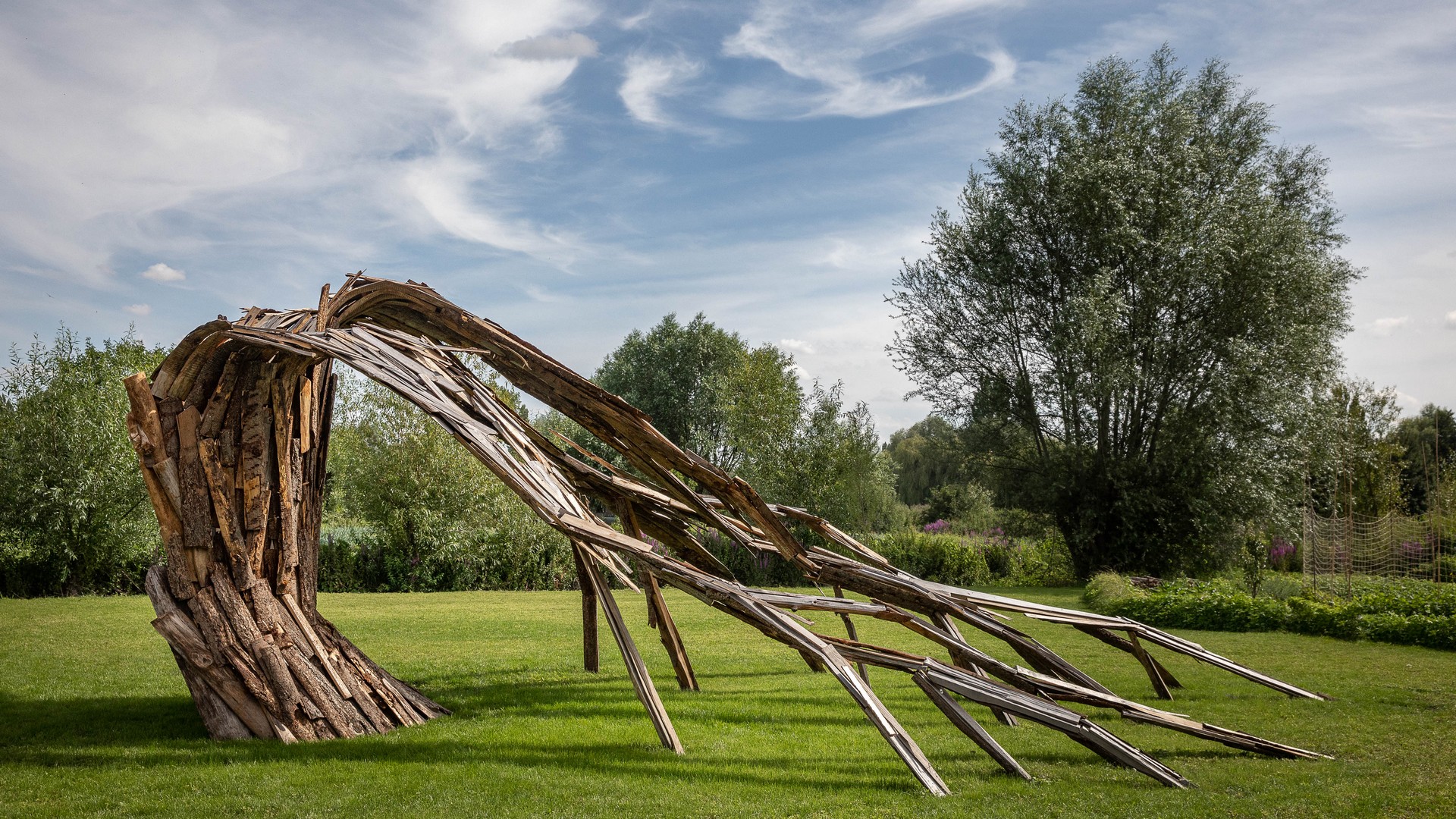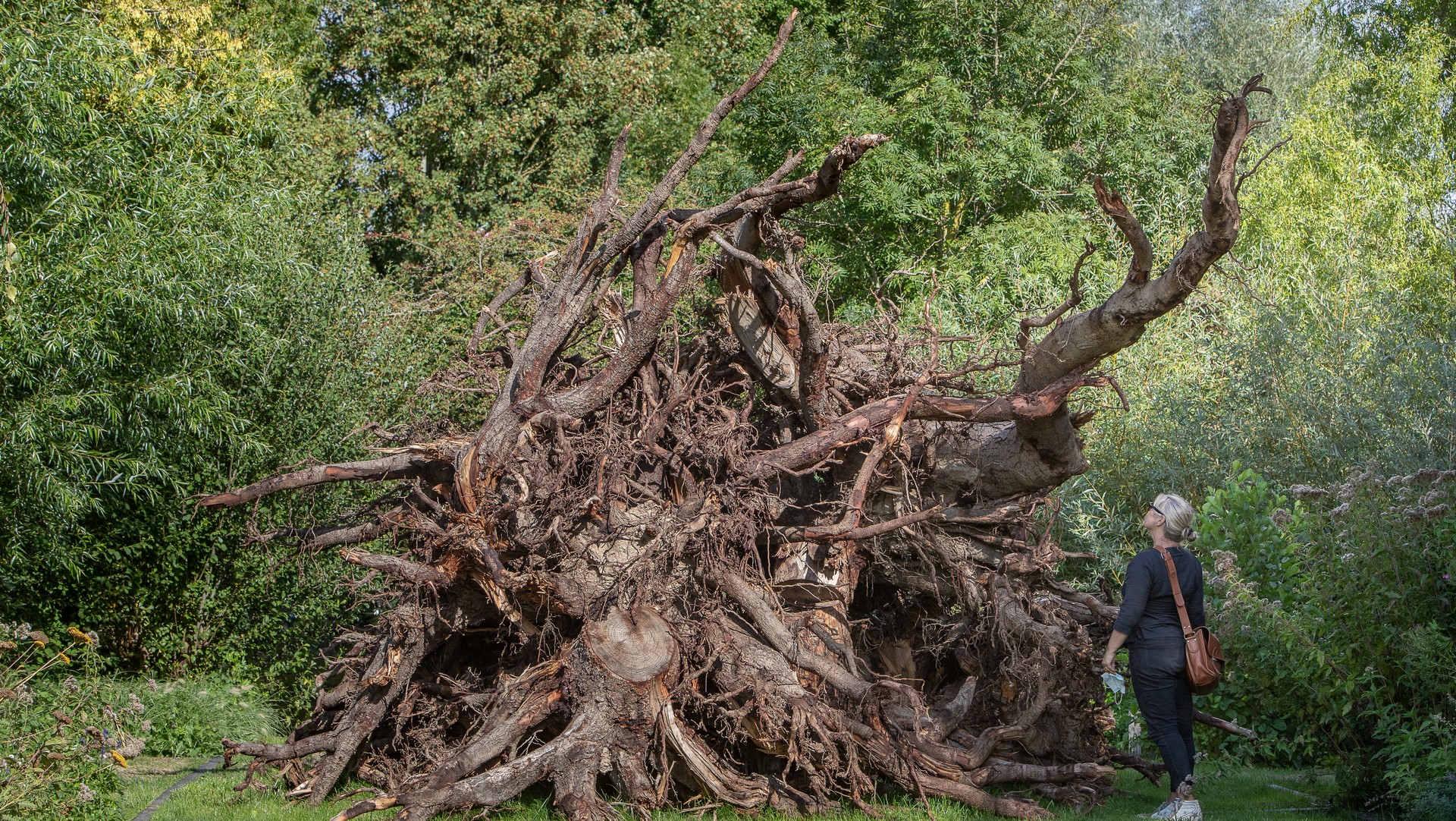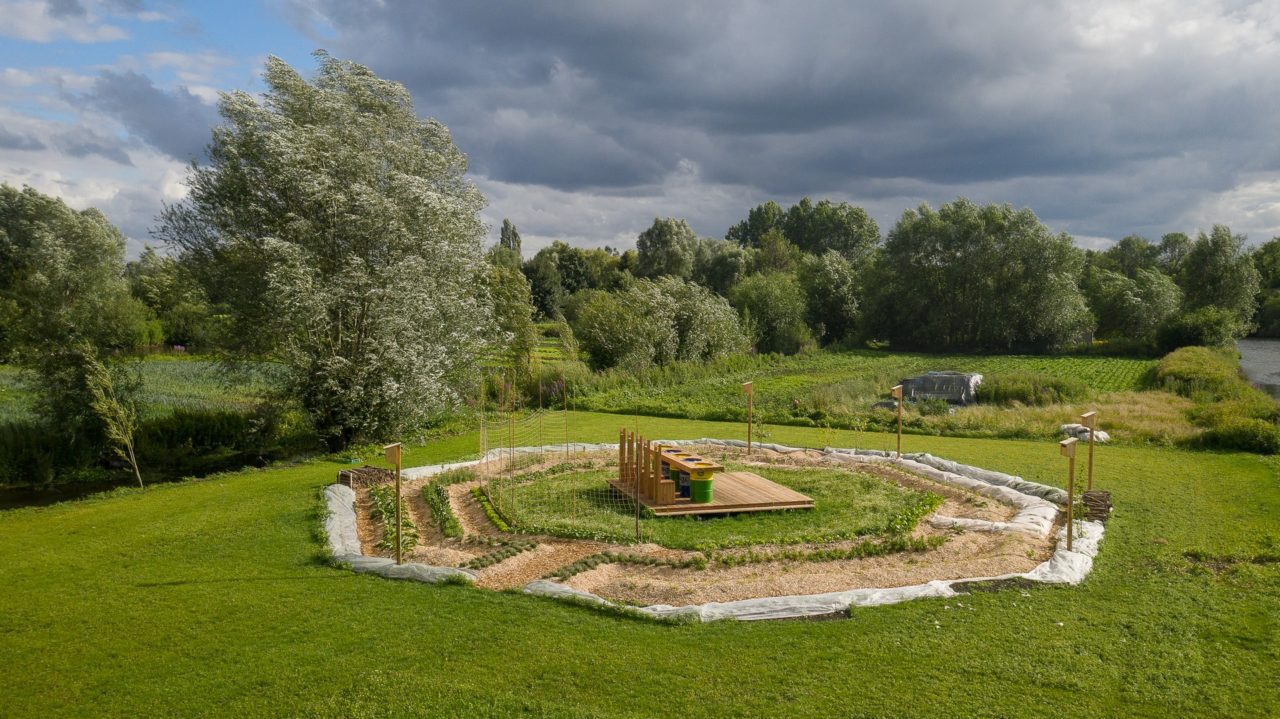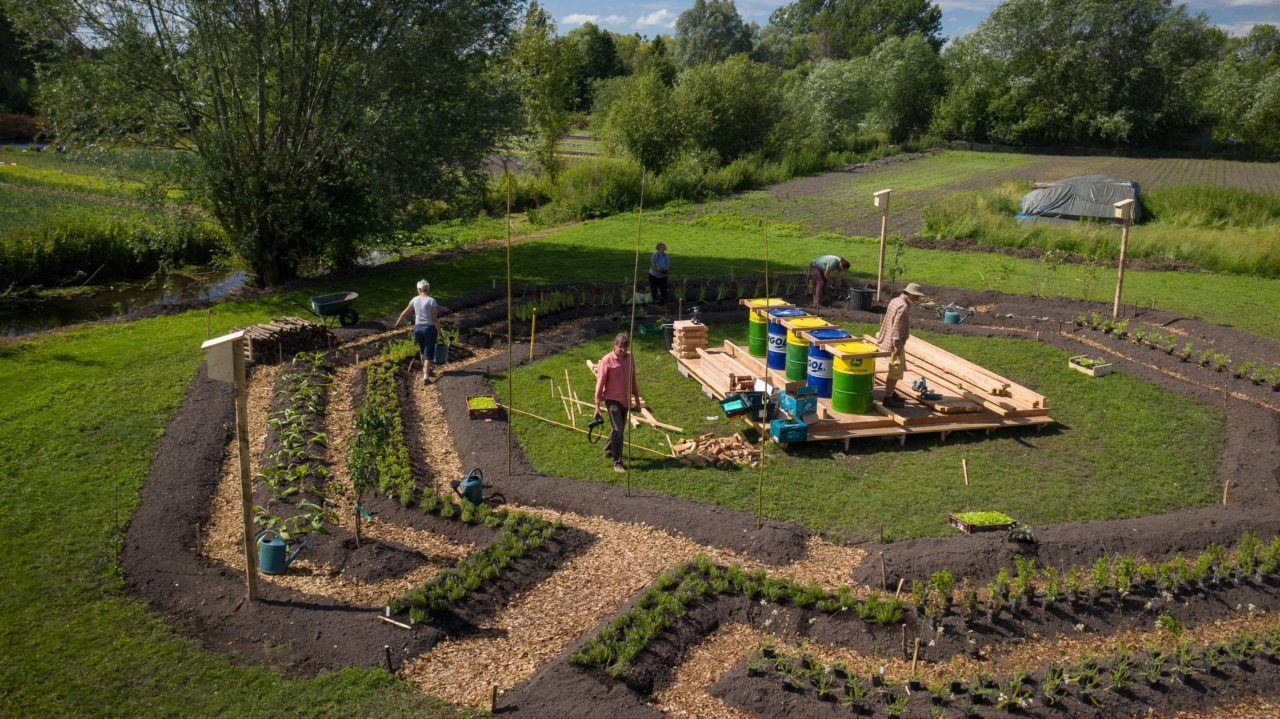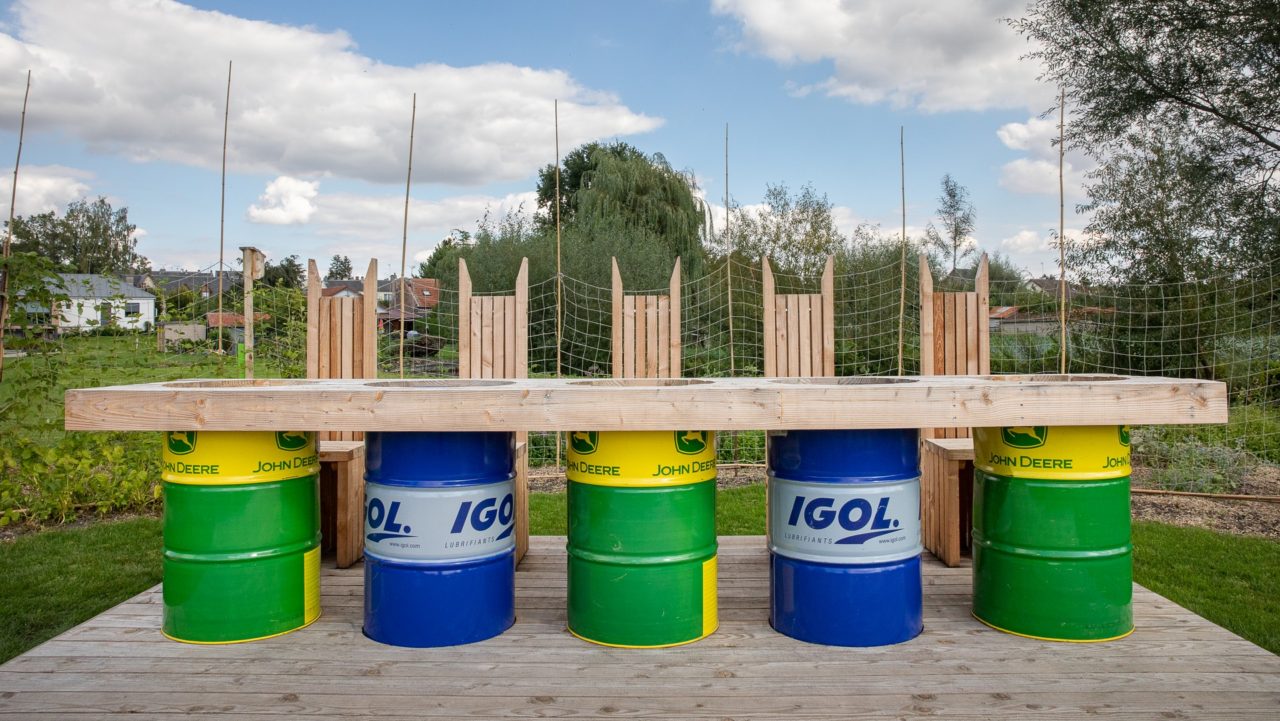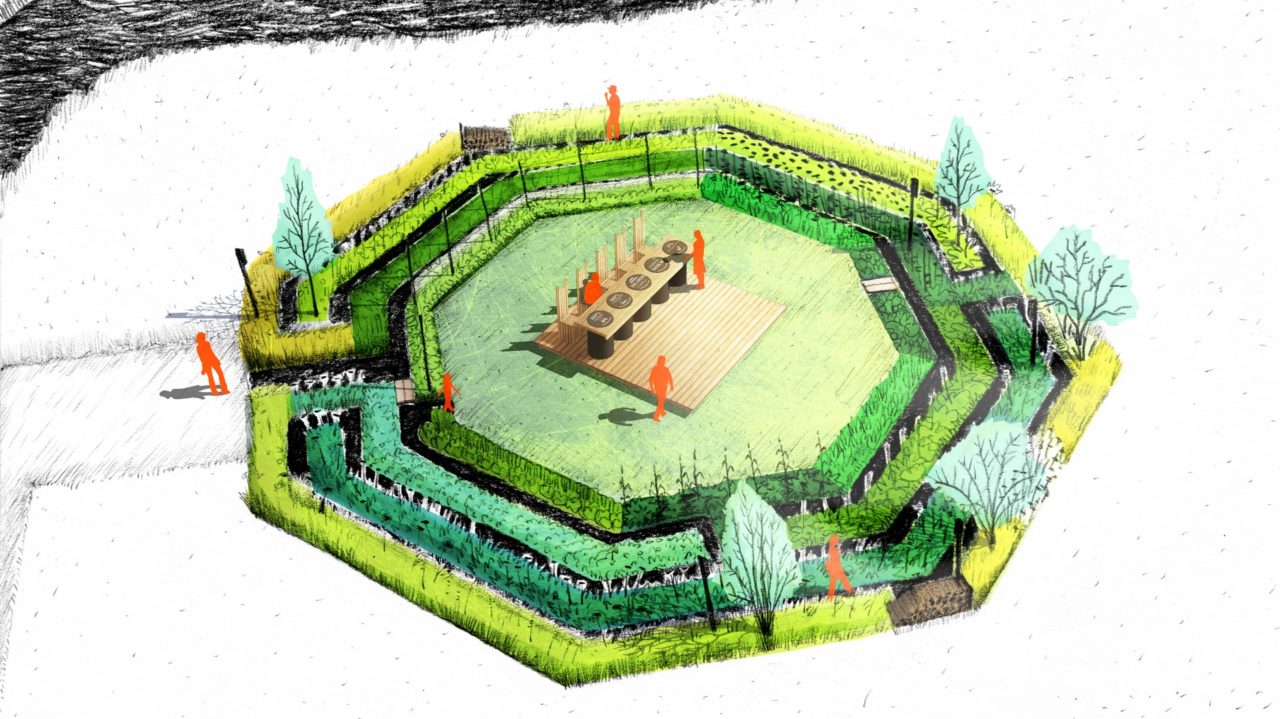Today, “Eating” has never been easier ! In Western countries you will always find something to eat: in a supermarket, a restaurant, even in our garbage cans! On what foundations does this opulence rest? Since the Neolithic Revolution, humans have been constantly inventing ploys to meet their food needs: fire, domestication, steam engine, motor vehicles. Energy allows us to overcome multiple tasks on a daily basis thanks to machines. It’s like we always have two hundred “energy slaves” for each of us. This incredible development has made it possible to build a linear food system: food production, transport of goods, processing, distribution, catering, home consumption, waste management. At each stage, a share of energy, mainly from fossil sources, is consumed: we literally eat oil. No problem if there were no serious threats to this system. In 2018, the International Energy Agency announced that the extraction of conventional oil had reached its peak in 2008, which meant a gradual decline in production in the years to come. This announcement actually raises many questions regarding the dependence of our food system on fossil fuels. On the other hand, burning these mineral resources is releasing mass greenhouse gases into the atmosphere, a primary cause of the current climate change. This global use takes us to an unstable climatic period punctuated by droughts, floods, submersions, storms : all phenomena that can harm crops. In addition, the use of pesticides and the artificialisation of soils are contributing to the decline of biodiversity. To dispense with crop auxiliaries is to encourage the emergence of parasites and seriously jeopardize food security. Le banquet cornélien illustrates the dilemma facing humanity today, that is to say to continue using fossil fuels at the risk of destroying current living conditions on Earth or drastically reduce this use at the expense of functioning of our society. Installed in th heart of Hortillonnages, in an octagonal garden, Le banquet cornélien shows the possible alternatives developed by farmers and gardeners using agro-ecological techniques.
The artist
Atelier du Dehors


